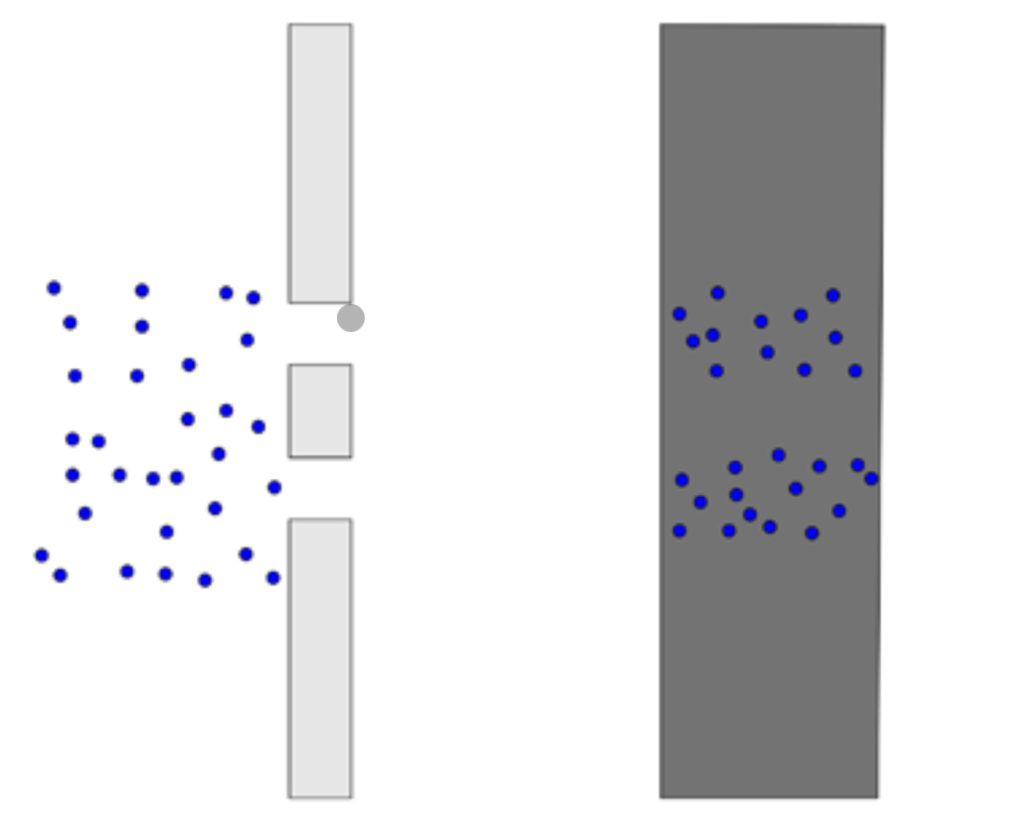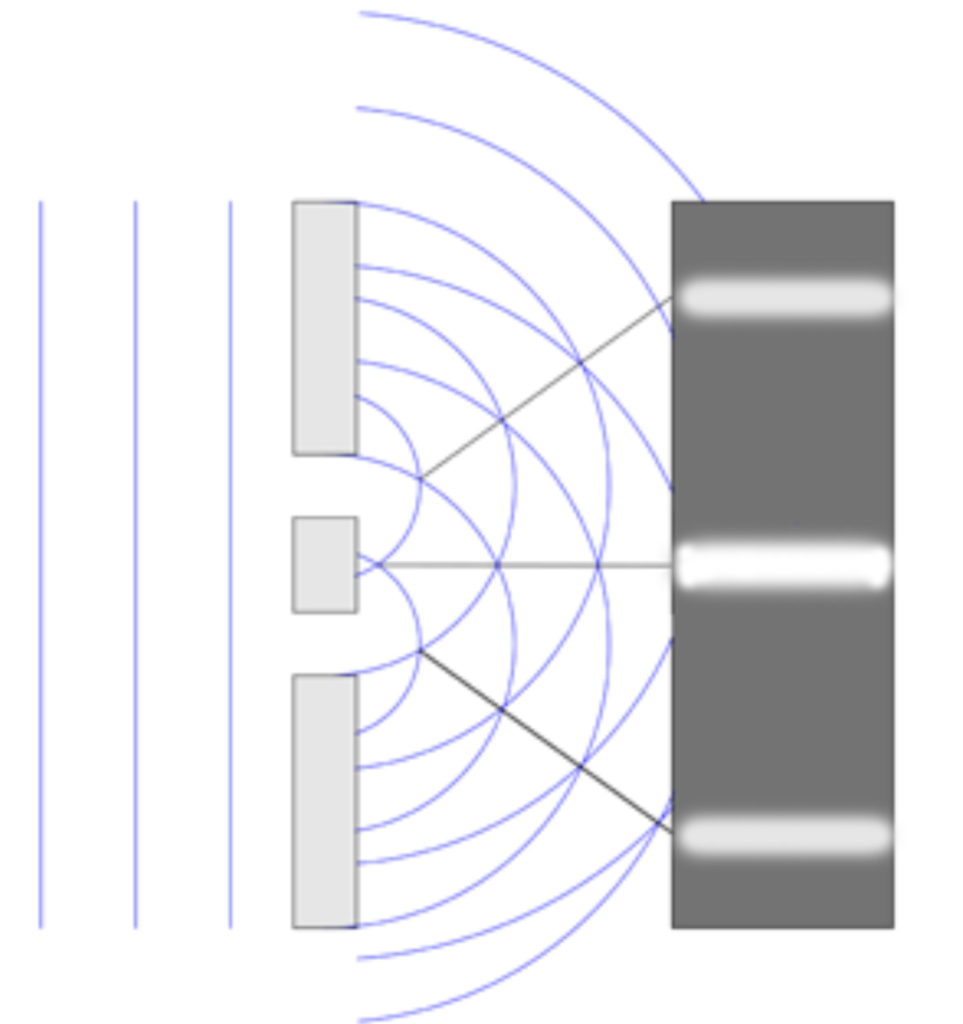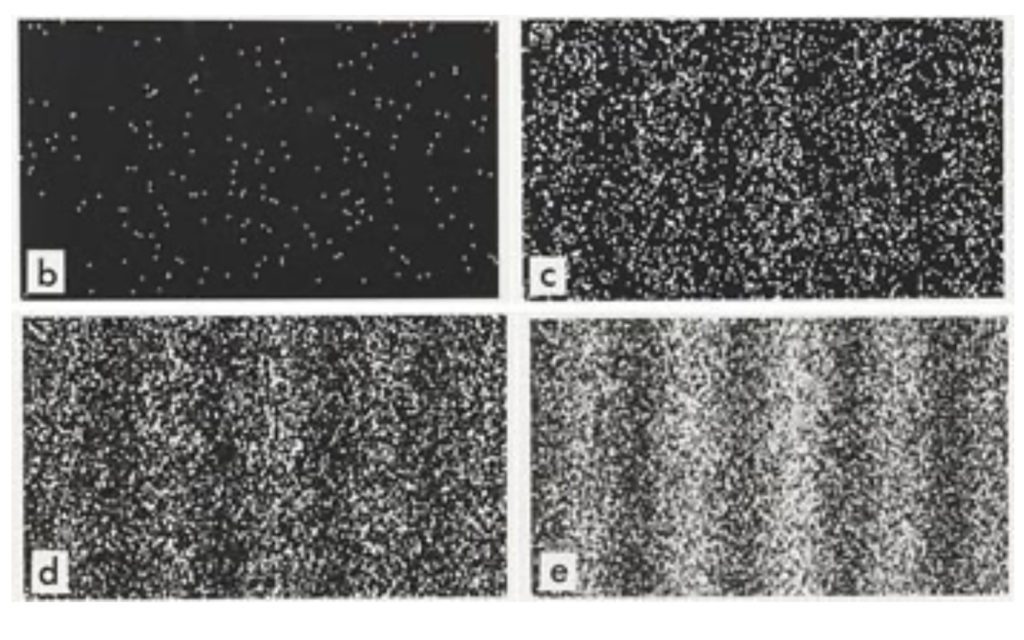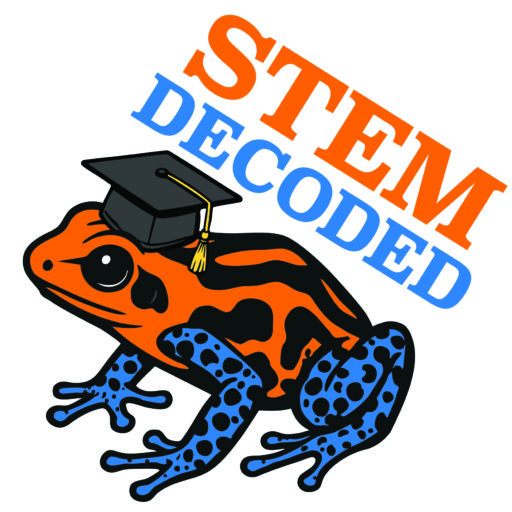What Is a Photon?
By Yifan Zhang
Light brings life to the world—nature and humans revolve around the sun. The sun’s rays cast their glow on half of the Earth, exposing us to the full electromagnetic spectrum of infrared, visible light, and ultraviolet radiation. The electromagnetic spectrum is the range of energy, emitted in the form of radiation, that travels in wave form. These waves, of which visible light is a part, are composed of tiny, massless particles called photons that carry electromagnetic energy and exist at the quantum scale. A longer wavelength (the distance between two crests of a wave, or in other words, how long a segment of the wave is before it repeats again) indicates lower energy, while a shorter wavelength indicates higher energy.
Photons exhibit characteristics of both waves and particles, as postulated by Einstein in the early twentieth century, a fundamental discovery in the field of quantum mechanics. Isaac Newton believed light to be a particle because it could bounce off objects, and Max Planck supported this idea with his work in black-body radiation (U.S. Department of Energy, n.d). But the double-slit experiment proved that light behaves like a wave, and, when observed, behaves like a particle.
Imagine a wall with two slits in it and a solid wall just a few feet behind it. And perhaps you throw a hundred balls at random towards the wall. The balls that hit the back wall had to have passed through the slit, the area of the solid wall that has been hit by the balls thrown will be the same width as the slits. This behavior applies to photons, and the more photons that hit an area, the area where the photons hit the solid wall will be brighter since there are more photons there (Thomas & Freiberger, 2020).

However, the pattern at which the photons hit the back wall is not the same as that of the balls (representing particles). When you shine a line towards the two slits and record how the photons hit the back wall, the resulting pattern is not two bright areas similar to the width of the slits, but a wave’s interference pattern. And the more photons that are fired at the slits, the clearer the interference pattern becomes.
The interference patterns of waves are striped because when a wave passes through two slits, it becomes two waves, one coming out of each slit. The two waves will interact and cross through each other, creating interference. When a crest of one wave meets the crest of another wave, that amplifies its signal, and when the reinforced crest hits the back wall, that will be a bright area. When a crest meets a trough (a crest is the high point of a wave, and the trough is the low point of the wave, so they are opposites) their signals will cancel out and where that signal is meant to hit the back wall it will be darker, since there are less photons. This creates an oscillating pattern of bright and dark, reminiscent of a wave (Angus, 2023).


Because scientists were unsure whether the particle passing through the slit “some splits, passes through both slits at once, interferes with itself, and then recombines” (Thomas & Freiberger, 2020) as it hits the back wall, they placed detectors near the slits to observe their behavior. However, the fascinating thing is that when a detector was placed at the slits, the interference pattern became that of a particle, and not the oscillating one of a wave. This demonstrates that attempts to observe the behavior or a photon, or similar quantum systems, changes their behavior, and is why photons are thought to have properties of both a wave and a particle.
There are many interesting variations of the double-slit experiment that deserve an article of their own, and the results are incredibly fascinating. Even variations on a classic experiment offer so much insight into how our world behaves, and hint at new discoveries in the future.
Bibliography:
Angus, T. (2023, April 3). Double-slit experiment that proved the wave nature of
light explored in time. Imperial. Retrieved August 5, 2025, from
https://www.imperial.ac.uk/news/244037/
double-slit-experiment-that-proved-wave-nature/
Thomas, R., & Freiberger, M. (Eds.). (2020, November 19). Physics in a minute:
The double slit experiment. Plus: Bringing Mathematics to Life. Retrieved
August 6, 2025, from https://plus.maths.org/content/
physics-minute-double-slit-experiment
U.S. Department of Energy. (n.d.). DOE Explains…Photons. U.S. DOE. Retrieved
August 6, 2025, from https://www.energy.gov/science/doe-explainsphotons
